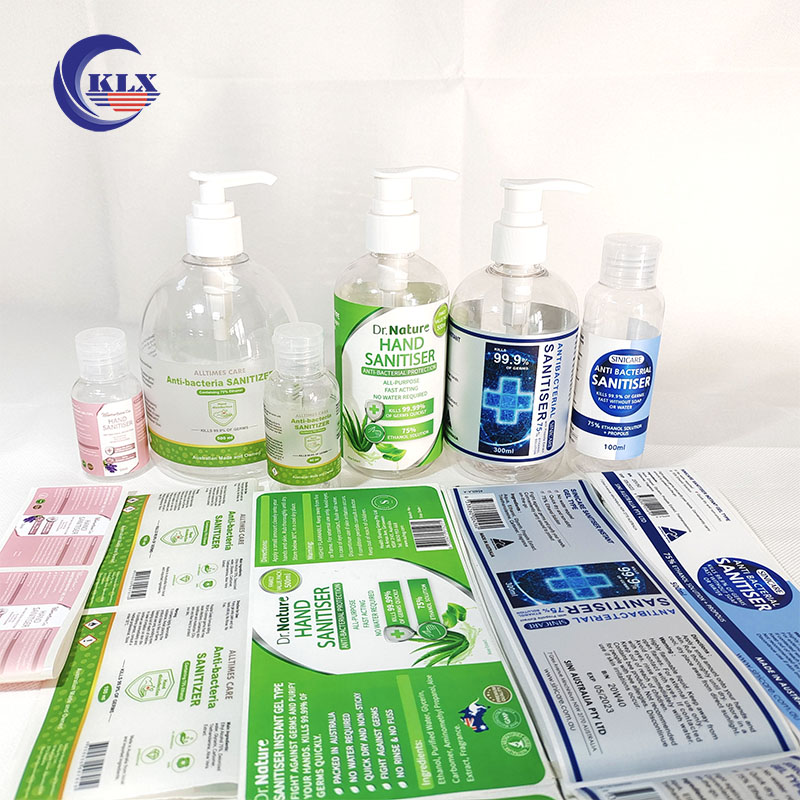Aspects associated with commodity labels
2024-02-22
A commodity label typically refers to a label or tag attached to a commodity, which is a raw material or primary agricultural product that can be bought and sold, such as grains, metals, or natural resources. These labels serve various purposes in different industries, providing essential information about the commodity for trading, marketing, and regulatory compliance. Here are key aspects associated with commodity labels:
1. Identification:
- Commodity labels provide identification information, including the name of the commodity, product code, or other unique identifiers. This helps in accurately tracking and categorizing commodities.
2. Grade and Quality:
- Information on the grade and quality of the commodity is often included on the label. This is crucial for both buyers and sellers to assess the value and suitability of the product.
3. Origin:
- The label may indicate the origin or source of the commodity. This information is valuable for establishing the provenance of the product, especially in the case of agricultural commodities.
4. Weight and Quantity:
- The weight or quantity of the commodity is a key piece of information on the label. It ensures transparency in transactions and adherence to measurement standards.
5. Price and Pricing Information:
- Pricing details, such as the unit price or total cost, may be provided on the label. This assists buyers and sellers in negotiating and finalizing transactions.
6. Barcodes and Tracking Codes:
- Some commodity labels feature barcodes or tracking codes that enable efficient scanning and tracking of the commodity throughout the supply chain. This is particularly common in modern trading systems.
7. Regulatory Information:
- Labels may include information to comply with regulatory requirements and standards set by governing bodies. This could include safety information, compliance with quality standards, or information required for customs and trade regulations.
8. Handling and Storage Instructions:
- For certain commodities, especially those with specific handling or storage requirements, labels may include instructions to ensure the preservation of quality and safety.
9. Expiration Date (if applicable):
- Perishable commodities may have an expiration date or a "use by" date to inform buyers about the recommended timeframe for consumption.
10. Certifications and Seals:
- Labels may display certifications, quality seals, or logos indicating that the commodity meets specific industry or regulatory standards. This adds credibility to the product.
11. Manufacturer or Producer Information:
- Information about the manufacturer, producer, or distributor of the commodity may be included on the label. This helps establish accountability and traceability in the supply chain.
12. Environmental and Sustainability Information:
- In some cases, commodity labels may include information about the environmental impact or sustainability practices associated with the production or sourcing of the commodity.
Commodity labels play a crucial role in facilitating transparent and efficient trade, providing essential information to all parties involved in the buying and selling process. The specific details included on the label depend on the nature of the commodity and the industry standards or regulations governing its trade.



